Should You Be Investing in Nordic Companies?
The Nordic corner of Europe presents unique opportunities for investors.

Investors are always urged to diversify, but choosing how and where to place those bets can be challenging. For example, international stocks in general have lagged significantly behind their U.S. counterparts for years. And these days, investing in a broad basket of international stocks might mean buying stakes in companies based in areas threatened by war or in countries with little investor protection.
Luckily, there’s a foreign region that offers investors reduced geopolitical risks, well-regulated markets and attractive opportunities: The Nordics. This collection of five northern European countries — Denmark, Finland, Iceland, Norway and Sweden — account for only about 2% of the world’s economy and investable market, but the region has been punching far above its weight.
The MSCI Nordic Countries index has returned 25.0% over the past 12 months, roughly double the returns of indexes tracking the developed international world in general, Europe as a whole, and emerging markets. For context, the S&P 500 has returned 24.6% over the same period. (Except where otherwise noted, data are through June 30.)

Sign up for Kiplinger’s Free E-Newsletters
Profit and prosper with the best of expert advice on investing, taxes, retirement, personal finance and more - straight to your e-mail.
Profit and prosper with the best of expert advice - straight to your e-mail.
That strong performance is part of a long-term trend, according to a December 2023 McKinsey & Company report. It found that in the 20 years through 2022, Nordic companies “have outperformed their global peers on value creation, delivering an average annual total shareholder return of 11.6%, surpassing the global average of 9.4%.”
These small, comparatively stable countries “are places you can buy a stock and sleep at night,” says Patrick Rien, a portfolio manager of the EuroPac International Dividend Income Fund, which has 8% of its global portfolio invested in Nordic companies.
Among the key differences between the Nordics and other European economies: Four of the five Nordic countries — Finland is the exception — have their own currencies and independent central banks. That gives them more flexibility to respond to economic changes than countries using the euro and under the purview of the European Central Bank.
In addition, the Nordic countries generally have less national debt, as a percentage of gross domestic product, than bigger neighbors such as France, Italy and Spain. Although the Nordics, like much of the rest of the global economy, are currently struggling with inflation and slow growth, Moody’s economist Ross Cioffi says the Nordic region “has a better long-term outlook than the rest of Europe.”
A long-term view in Nordic investing
Nordic companies can often afford to shrug off short-term blips and invest in long-term growth because their ownership tends to be dominated by investors with long-term mind-sets — families concerned about legacies, for example, or public agencies such as Norway’s $1.4 trillion sovereign wealth fund.
McKinsey reports that about 80% of top Nordic companies have long-term ownership; the figure is about 60% for comparable companies in other parts of Europe and about 20% in the U.S. That long-term orientation “fosters stability, sustainable practices and investments in innovation,” according to the consultant. It noted that about 80% of Nordic companies spend above-average amounts on research and development.
The region also offers investors some geopolitical advantages. Although two of the Nordic countries — Norway and Finland — share land borders with Russia, those lines mostly run across unpopulated areas in the Arctic. Meanwhile, companies developing the Nordic area’s abundance of oil, gas, hydroelectric power and minerals have benefited from other European countries’ efforts to stop relying on Russia and China for such necessities, says Moody’s Cioffi.
Even characteristics that some investors may see as disadvantages over the short term are turning into long-term benefits in some cases. For example, the region’s small domestic markets have forced ambitious Nordic companies to pursue global sales strategies.
“When you have no home-country advantage, you have to pay attention to everywhere else,” says Haicheng Li, a portfolio manager of the Baird Chautauqua International Growth Fund, which has invested 12% of its portfolio in Danish companies.
The Nordic countries’ comparatively strict business regulations offer similar trade-offs. The countries tend to have heavy environmental, labor and corporate governance regulations that can raise costs but also offer some long-term benefits to investors. David Wheeler, a senior research analyst for Alliance Bernstein’s sustainable thematic investment strategies, notes that some of the countries have laws requiring the majority of corporate board members be independent. “Boards in the Nordic countries provide especially strong oversight of management, which can mean reduced governance risks,” he says.
How to invest in Nordic companies
One way to give your portfolio a little extra weighting in the homelands of the ancient Vikings is through one of the handful of funds that specialize in the region.
The standout option in this group is Fidelity Nordic Fund (FNORX), which is perennially one of the best-performing regional mutual funds. It has returned 24.9% over the past year and an annualized 12.1% over the past 15 years. Those results slightly outpace the S&P 500’s one-year return of 24.6% but lag its 15-year return of 14.8%. The fund’s long-term record handily beats many major foreign regional indexes. MSCI’s Europe index returned an annual average of 7% over the past 15 years, for example.
The managers screen for factors such as strong free cash flow (cash left over after spending to run and invest in the business). The fund holds a selection of 45 stocks of all sizes, but its largest holding is the Danish pharmaceutical firm Novo Nordisk. The maker of Wegovy, a popular new anti-obesity drug, accounted for more than one-fourth of the fund’s portfolio as of the latest report. Thanks to booming demand for Wegovy, Novo Nordisk is expected to generate more than $9 billion in free cash flow in 2024.
Analysts expect that to double by 2027, according to S&P Global Market Intelligence. The stock has shot up more than 78% in the past year and has posted an average annual return of 42% over the past five years. It has quickly grown into Europe’s largest company, as measured by its stock market value, and thus accounts for a good slug of many European fund portfolios. (Novo Nordisk is also one of the Kiplinger ESG 20, our list of environmental, social or governance standouts, and Kiplinger has previously reported on the future of weight loss drugs for investors.)
Fidelity Nordic gets a nod of approval from Jack Bowers, chief executive officer of Independent Fidelity Investors, publisher of the Fidelity Monitor & Insight newsletter. He’s generally more bullish on U.S. funds, but Fidelity Nordic is a good option for diversifiers, he says, calling it “a better bet than most foreign funds.” Its large stake in booming healthcare stocks gives it the potential to outperform more-diversified regional funds, he adds. The fund’s expense ratio is 0.94%.
Alternatively, investors looking to make more-targeted bets can consider a country-specific index fund. iShares offers an array of choices. Its iShares MSCI Denmark (EDEN, $126) exchange-traded fund, with an expense ratio of 0.53%, has returned 19.2% over the past 12 months and an annualized 16.4% over the past five years, thanks especially to its investments in Novo Nordisk and other Danish healthcare firms.
iShares MSCI Sweden (EWD, $40) has returned 18% over the past 12 months. Industrial and financial firms make up almost 75% of its portfolio. Top holding Atlas Copco, a major producer of compressed-air tools and other industrial supplies, has returned nearly 30% over the past 12 months. The Sweden fund’s expense ratio is 0.54%.
Investors interested in individual stocks can consider the following recommendations from fund managers and analysts. All three companies’ shares trade on U.S. exchanges, two of them as American depositary receipts.
Autoliv (ALV, $107) This Stockholm-based company is the world’s biggest manufacturer of airbags, seatbelts and other auto safety equipment. It recently traded at a price-earnings ratio of about 10.5 times expected earnings for the next 12 months. Analysts see those earnings increasing by nearly 16% annualized over the next three to five years.
Alliance Bernstein likes the way Autoliv is expanding market share and developing new safety products for inclusion in cars of the future; the stock was the second-largest holding in the AB Sustainable International Thematic Fund at last report. “It’s a really high-quality, very well-run company offering persistent, strong growth,” Wheeler says.
Genmab (GMAB, $25) Denmark’s pharmaceutical industry offers opportunities beyond Novo Nordisk, says Chautauqua’s Li. She says the country’s long-term orientation and culture of teamwork are reasons Copenhagen-based Genmab is one of just 30 companies in the portfolio of Baird Chautauqua International Growth fund.
Genmab’s long-term investments in drugs based on antibodies appear to be finally paying off, she says. Sales of the company’s antibody-based treatments for multiple myeloma and lymphoma helped push 2024’s first-quarter revenues up 46% over the same period a year earlier. Analysts see the ADR trading at $40 over the next 12 to 18 months, which implies a 60% gain from its recent close.
Norsk Hydro (NHYDY, $6) This Norwegian company will benefit from Europe’s shift to resource suppliers outside of Russia and China, says EuroPac’s Rien. Despite the com-pany’s name, the bulk of its business is producing aluminum, which makes it susceptible to commodity cycles, Rien notes, but he believes that patient investors will be rewarded.
“They are not trying to make the next quarter. They are trying to hand something down to next generation,” he says. The ADR yields a healthy 3.8%. The 12-to-18-month price target from a consensus of analysts is just over $9 a share, implying a 50% potential gain.
Note: This item first appeared in Kiplinger Personal Finance Magazine, a monthly, trustworthy source of advice and guidance. Subscribe to help you make more money and keep more of the money you make here.
Related content
Profit and prosper with the best of Kiplinger's advice on investing, taxes, retirement, personal finance and much more. Delivered daily. Enter your email in the box and click Sign Me Up.

Kim Clark is a veteran financial journalist who has worked at Fortune, U.S News & World Report and Money magazines. She was part of a team that won a Gerald Loeb award for coverage of elder finances, and she won the Education Writers Association's top magazine investigative prize for exposing insurance agents who used false claims about college financial aid to sell policies. As a Kiplinger Fellow at Ohio State University, she studied delivery of digital news and information. Most recently, she worked as a deputy director of the Education Writers Association, leading the training of higher education journalists around the country. She is also a prize-winning gardener, and in her spare time, picks up litter.
-
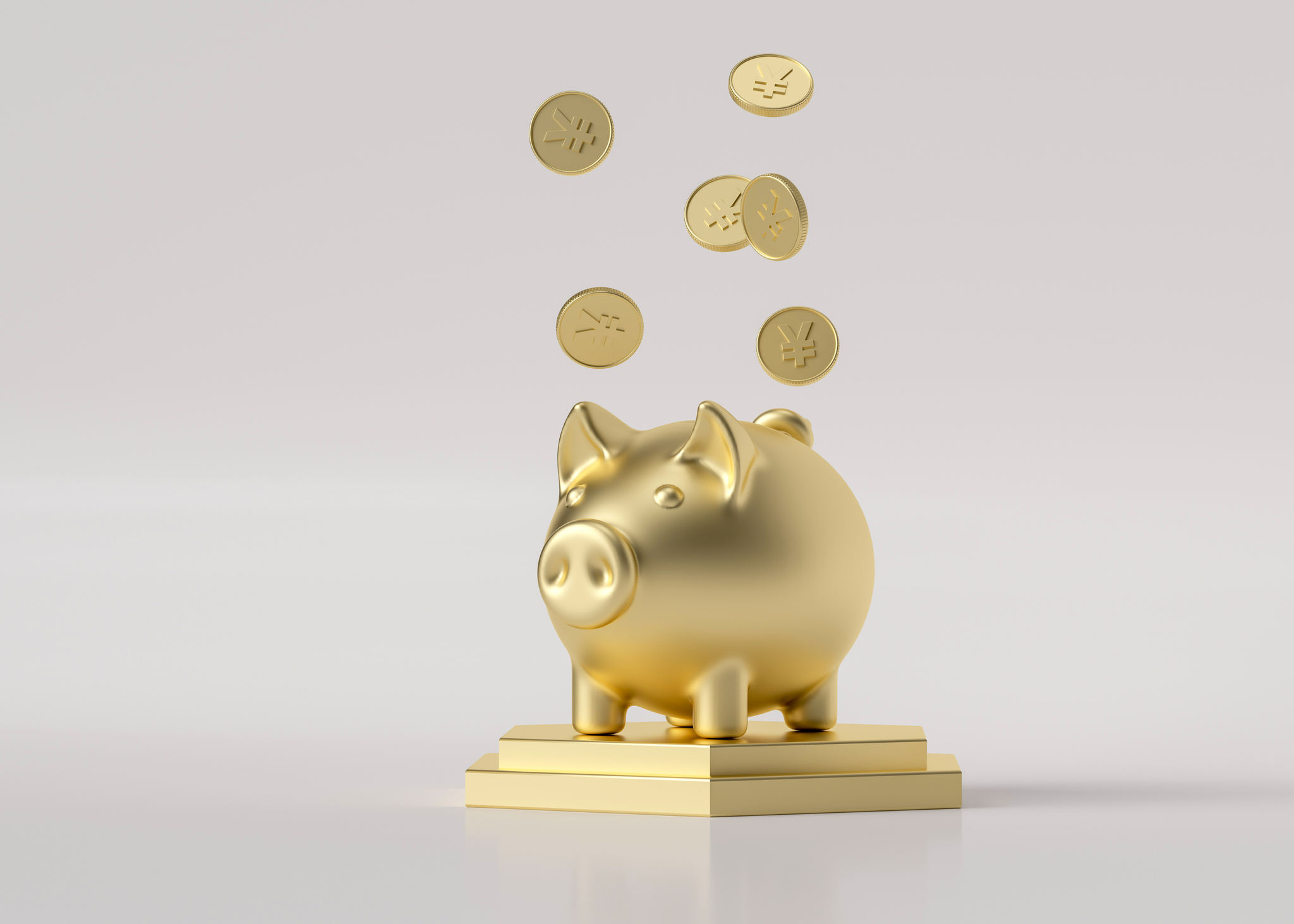 Here's How Trump's Tax Bill Could Let Donors Avoid Capital Gains Tax
Here's How Trump's Tax Bill Could Let Donors Avoid Capital Gains TaxTax Policy As U.S. Senate Republicans mark up their version of the One Big Beautiful Bill Act, one provision could give some donors a major tax break.
-
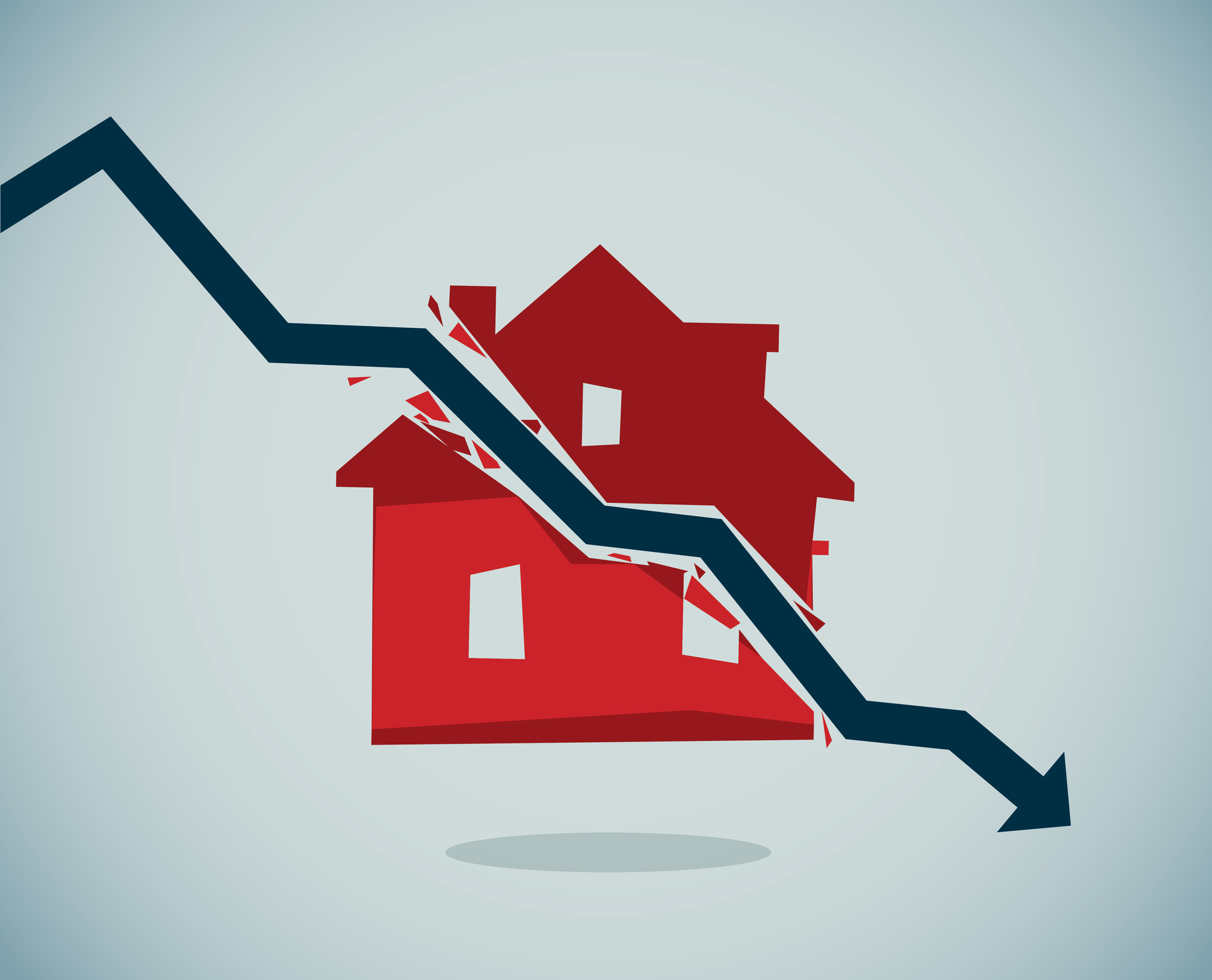 2025 SALT Cap Could Hurt Top 'Hidden Home Cost'
2025 SALT Cap Could Hurt Top 'Hidden Home Cost'Tax Deductions The latest GOP tax bill might make hidden homeowner costs worse for you. Here’s how.
-
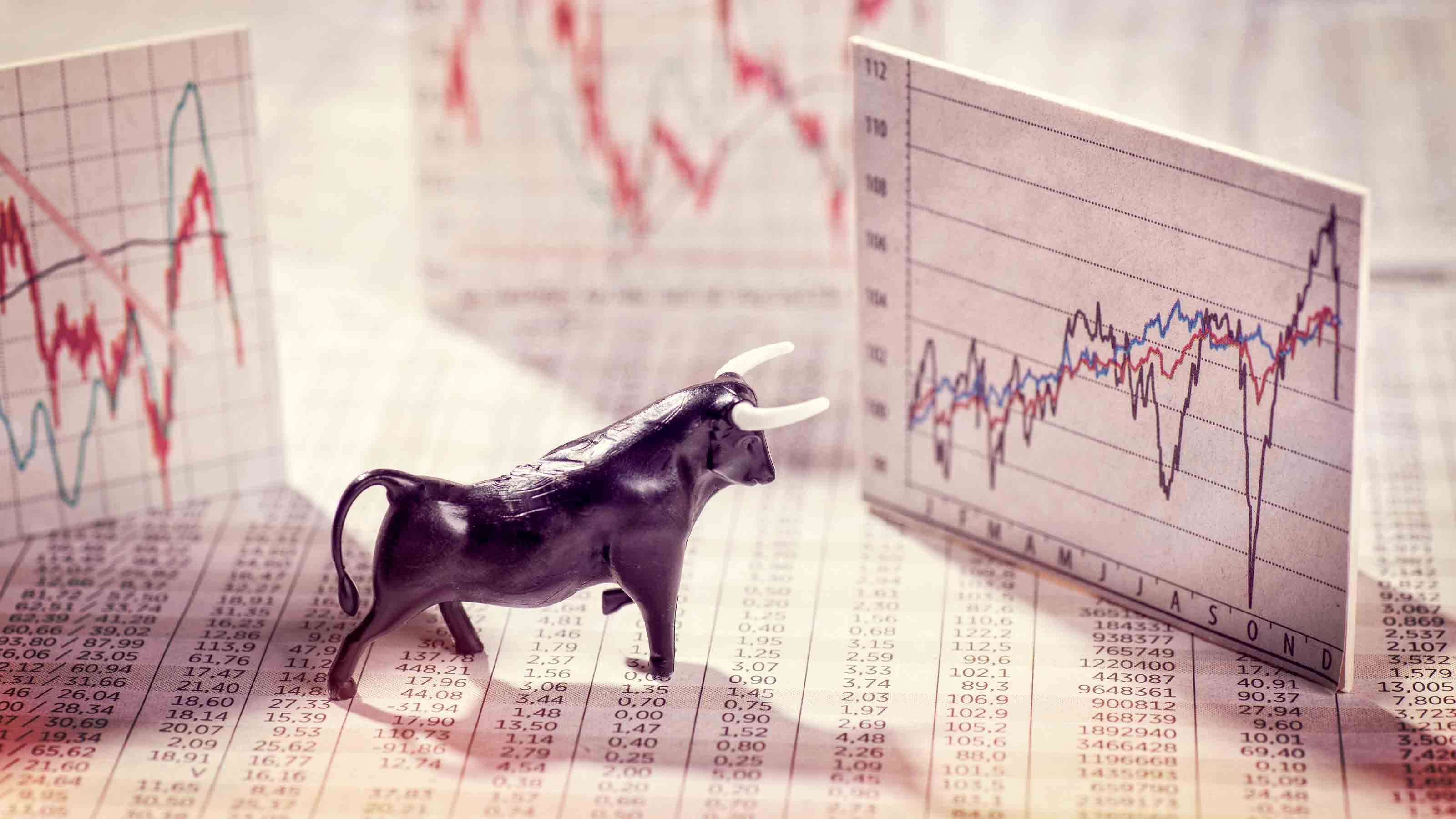 The Bull Case for the Second Half of 2025
The Bull Case for the Second Half of 2025This strategist sees a volatile market segueing to a strong close this year.
-
 What to Do and What Not to Do When Markets Get Turbulent
What to Do and What Not to Do When Markets Get TurbulentFollow these tips and strategies to help you navigate investing turbulence.
-
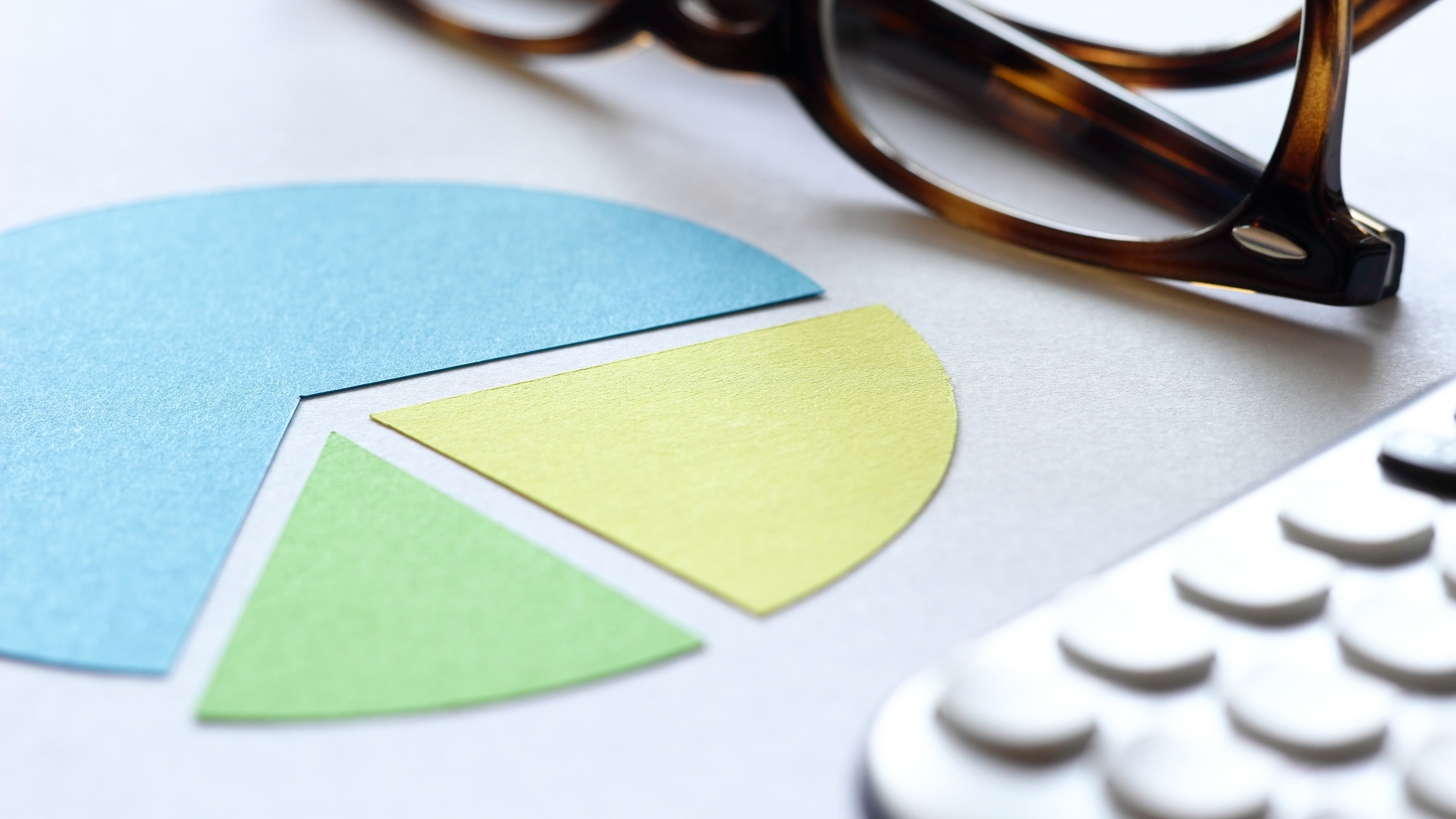 What to Know About Treasury Inflation-Protected Securities (TIPS)
What to Know About Treasury Inflation-Protected Securities (TIPS)Understanding what Treasury Inflation-Protected Securities (TIPS) are and how to use them in a portfolio.
-
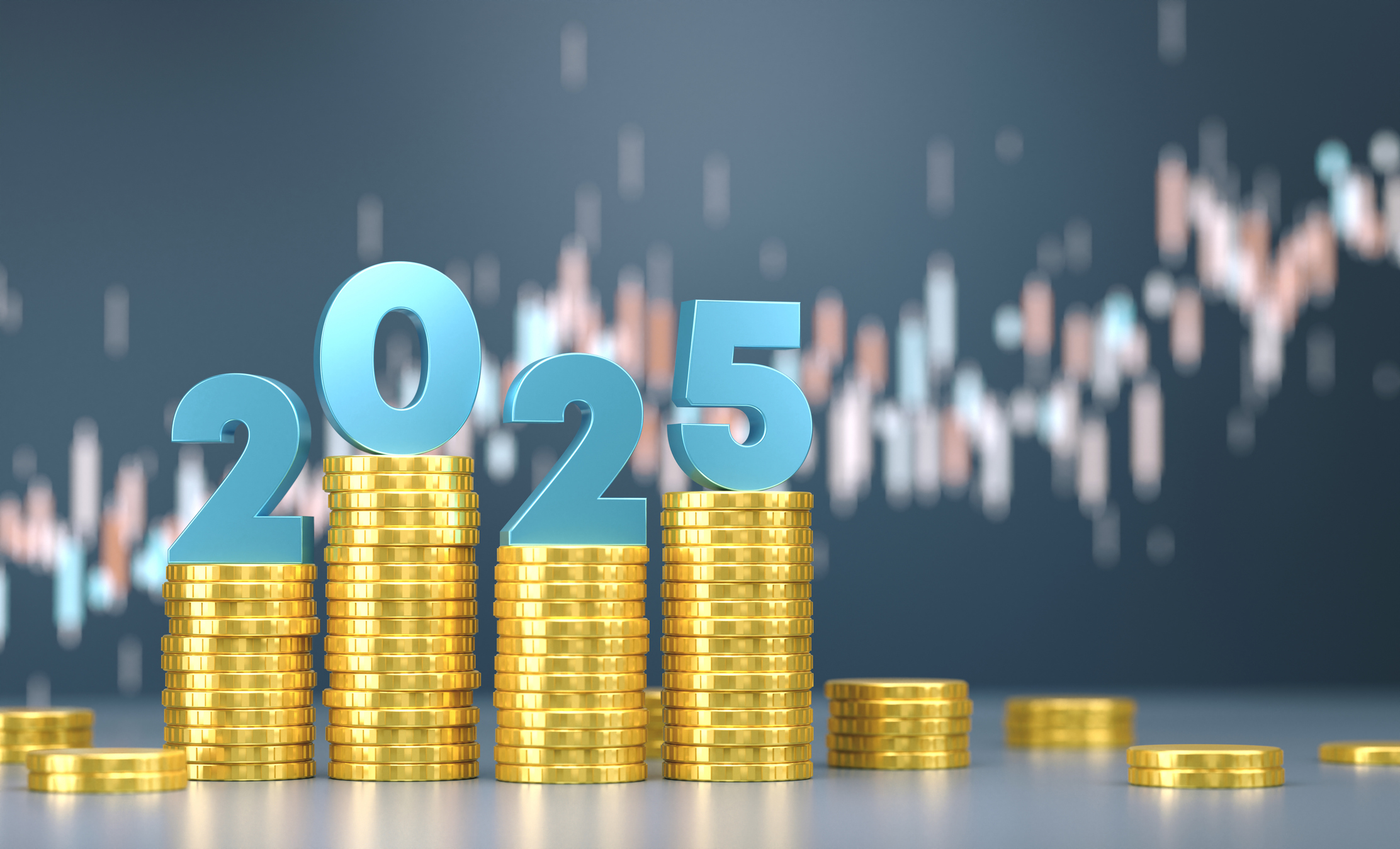 Where to Invest in the Back Half of 2025
Where to Invest in the Back Half of 2025The crystal ball has gone dark on Wall Street. Flexibility and diversification will be key in the second half of 2025.
-
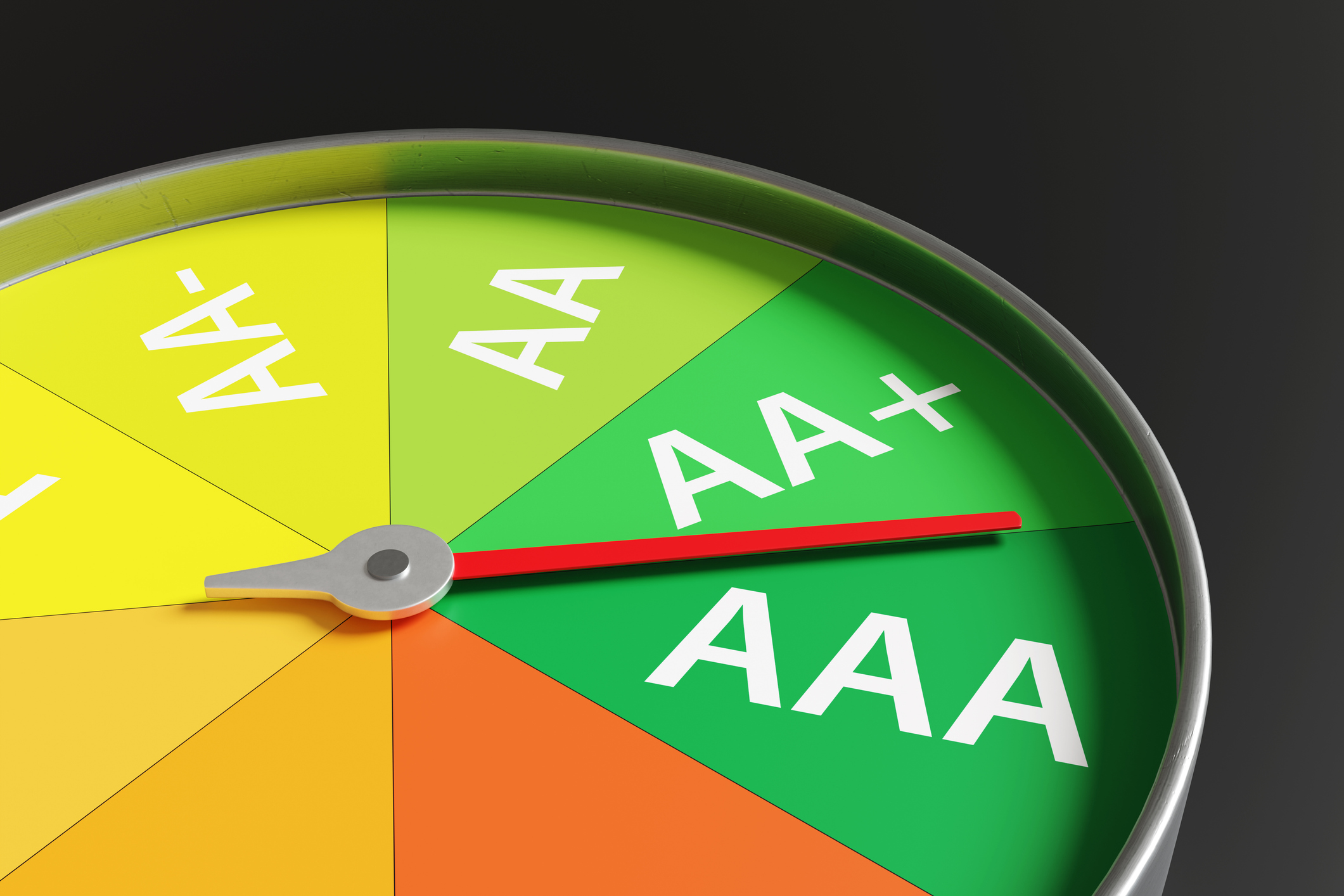 Why I Trust Bonds, Even Now
Why I Trust Bonds, Even NowColumnist Jeffrey Kosnett explains why he stands by investing in bonds.
-
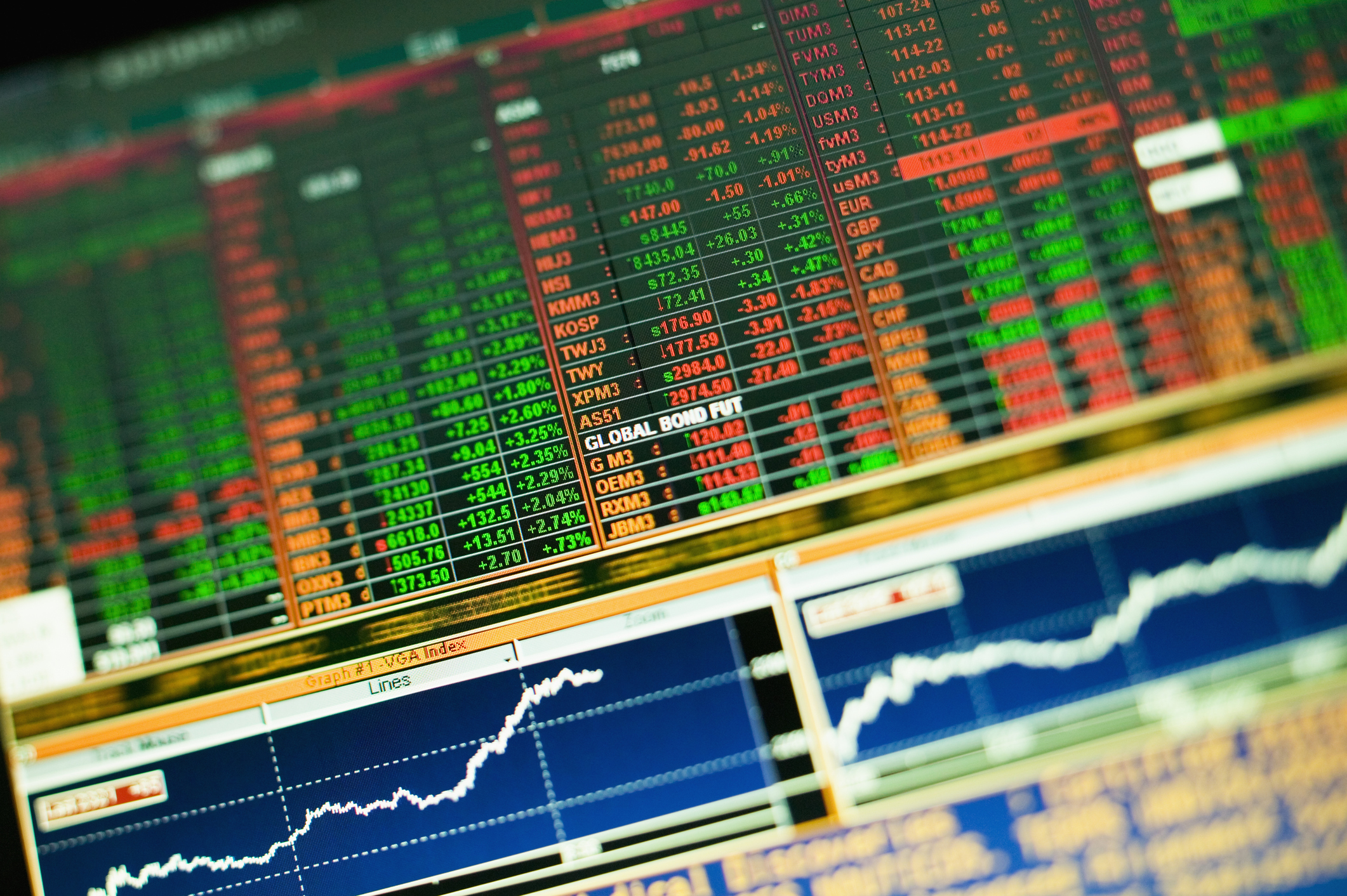 How Our Favorite ETFs Are Performing Amid Market Volatility
How Our Favorite ETFs Are Performing Amid Market VolatilityA roller-coaster year for the stock market has weighed on several of our favorite ETFs, but one equities fund is faring better than others. Here's why.
-
 Tech Stocks Drag This Growth Fund Down
Tech Stocks Drag This Growth Fund DownA rough stretch for mega-cap tech and tech-adjacent names has put pressure on this Mairs & Powers mutual fund.
-
 Six Key Earnings Terms Every Investor Should Know
Six Key Earnings Terms Every Investor Should KnowThis handy guide will help you understand some of the jargon in corporate earnings reports and why it is important for investors to know.
